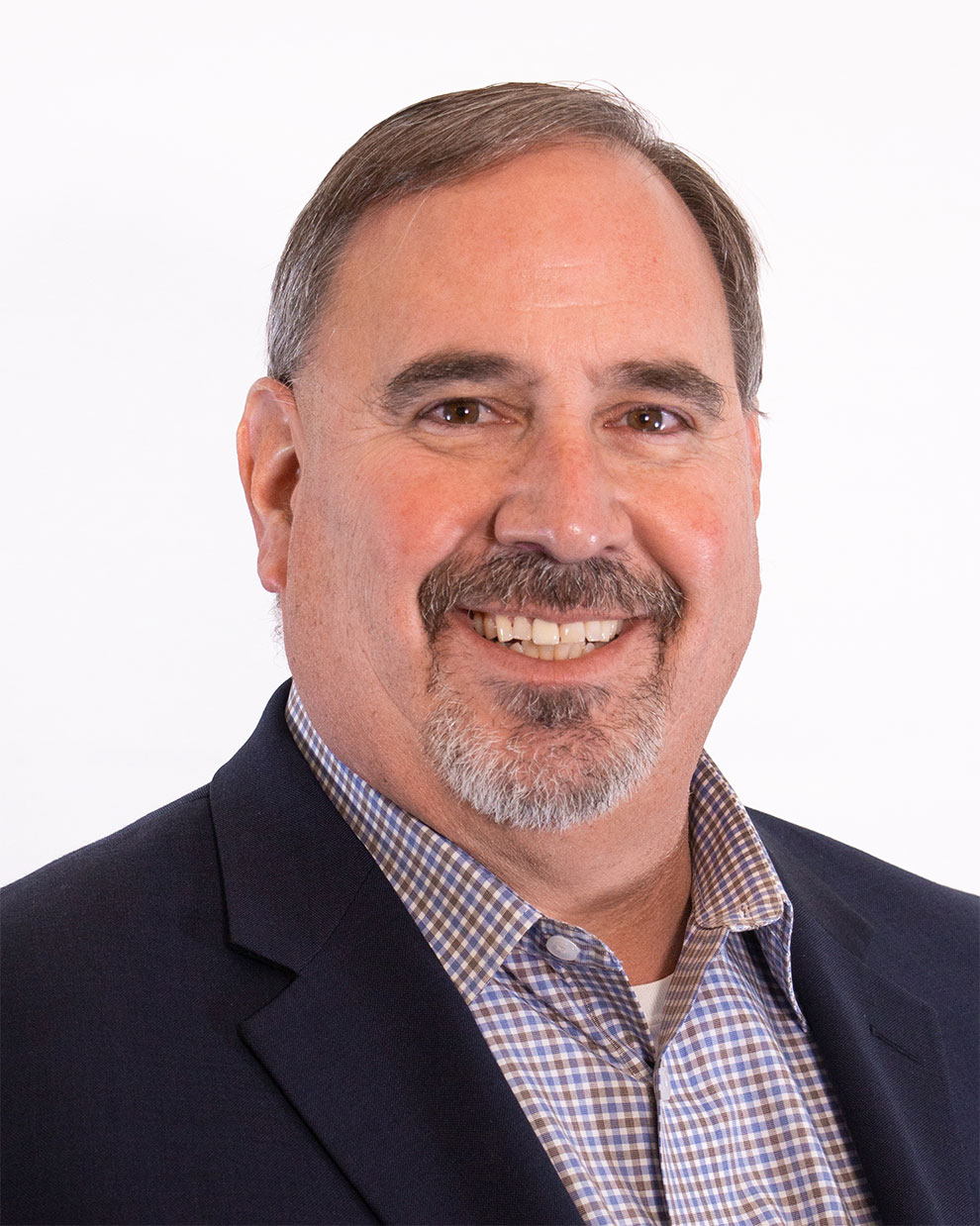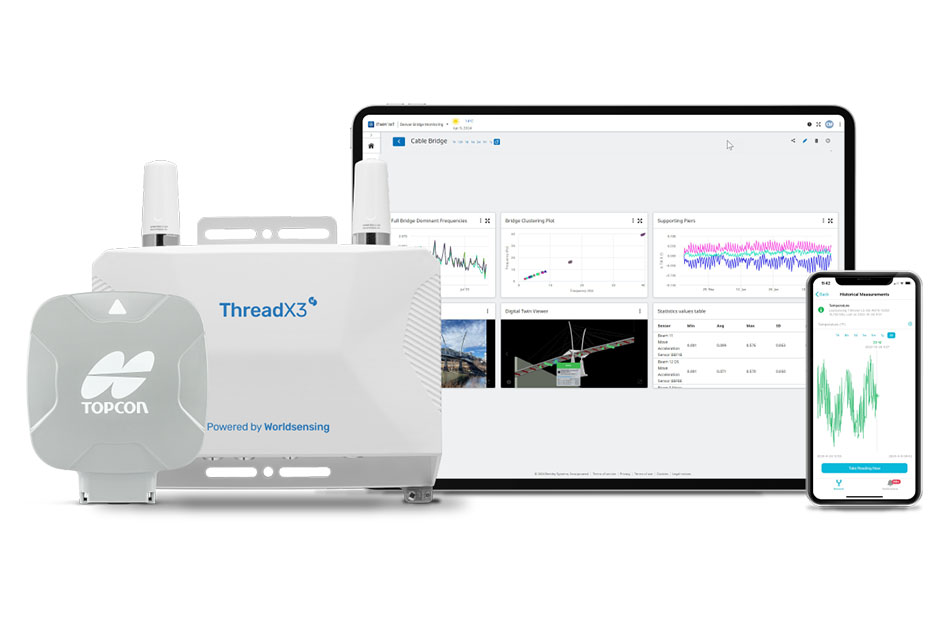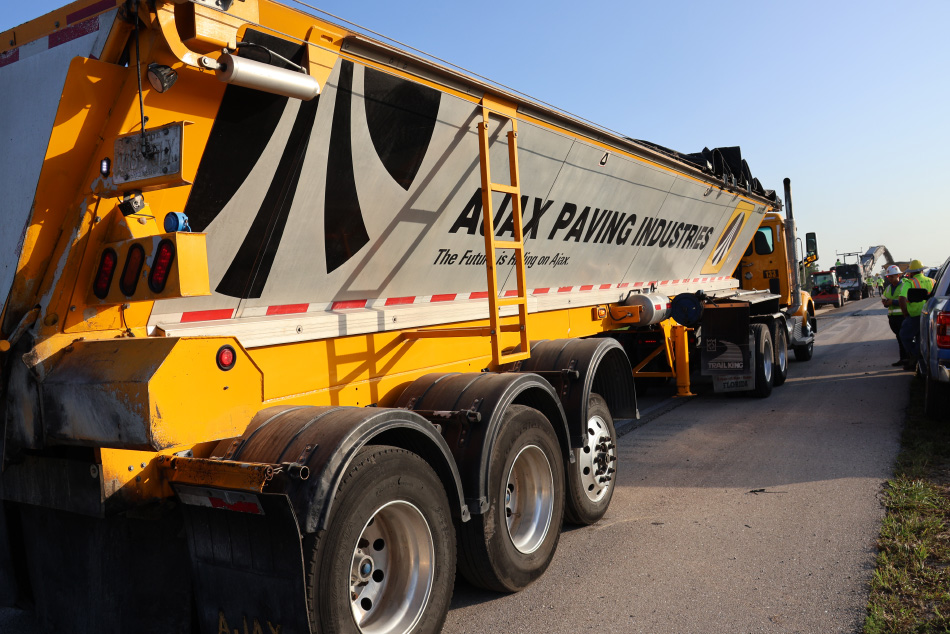Roots in Inequality
While the above cites the date when insufficient broadband was recognizable, the problem with sub-par internet access actually precedes that date by about a decade. In fact, in July 1995, the National Telecommunications and Information Administration released a report titled: Falling Through the Net: A Survey of the “Have Nots” in Rural and Urban America. While it did not coin the phrase “digital divide” (credit that to Lloyd Morrisett, experimental psychologist and one of the founders of “The Children’s Television Workshop/Sesame Street), the report found that the internet could be a driver to “facilitate economic uplift and empowerment,” but also noted that those lower on the socioeconomic ladder had the least access to it.
America’s farmlands, dealt a one-two punch of location and a lack of commitment on the part of telecommunications firms, suffered greatly, as companies built out their cable and fiber optic networks, largely overlooking small cities, towns — and farming communities. According to Mike Gomes, vice president of business development, agriculture, for Topcon Positioning Systems, while that lack of development has always put farmers at a disadvantage, changes in technology within the agriculture industry are compounding the severity of the issue.
“The average person has no idea how automated today’s farms are,” he said. “Automatic steering — guided by GPS — has been around for nearly two decades already. But that technology, which was impressive for its time, pales by comparison to where we’ve come. Today’s agriculture is headed toward the embrace of ‘precision agriculture,’ a practice that focuses on automating and controlling farm-related actions that were previously laborious and time consuming. Automated farming practice opportunities run the gamut from tilling to planting to fertilization to harvesting.”
For most farmers, he added, the embracing of automation was not an end but rather just a stop on the path to connectivity: the ability of machines and implements to “talk” to each other — and to us — by way of data. “Unfortunately, achieving that particular goal is dependent upon a robust broadband connection and, for many, a reckoning with the digital divide,” he said.
Failing Our Farmers
According to a report by the Federal Communications Commission (FCC), while 97% of Americans in urban areas have access to high-speed fixed service, in rural areas, that number falls to 65%. Digging down even deeper, yields an even direr situation for the American farmer. In a study conducted by the United Soybean Board, nearly 60% of U.S. farmers and ranchers feel they lack the level of internet connectivity needed to run their businesses. That means farms, which contribute nearly $80 billion to the national gross domestic product, run on internet connections that are marginal at best.
“In America we have the largest, safest and cheapest food supply in the world,” said Gomes. “The ability to make that happen is a by-product of compliance, which is centered around measuring and managing — both of which are data-driven efforts. So today’s farmers are increasingly using equipment that is both ‘smart’ and connected. Literally every facet of the farming process can not only be automated, but the data from each of those functions can be saved, manipulated and accessed in order to improve and streamline the farm operation.”
Successfully utilizing those solutions, however, is only possible with an ample broadband connection and, unfortunately, a huge percentage of farmers today are finding themselves on the wrong side of the digital divide.
Coalition of the Willing: 2021
Dire though the situation might seem for those in rural communities, there are signs that the problem is at last being acknowledged and a genuine effort to address the issue has begun. According to Gomes, a consortium of more than 140 organizations (including Topcon), across multiple industries and disciplines has convened as the American Connection Project Broadband Coalition (ACPBC) a group committed to bridging the digital divide in this country.
“We felt compelled to become a part of this group not just because a good segment of our business serves agricultural customers, but more so because this is who we are as a company,” he said. “We have a philosophy simply called ‘The Topcon Way,’ which says we are committed to enriching human life by solving societal challenges within healthcare, agriculture and infrastructure. The match here couldn’t be better. By helping reduce the digital divide, we can improve lives — and more — through our precision ag-based solutions. Whether that means reducing one’s carbon footprint by making fewer trips in the field; only applying what is needed, where it is needed; whatever, the issue of sustainability is addressed in a huge way.”
The brainchild of farmer-owned cooperative Land O’Lakes, Inc., the ACPBC advocates for public and private sector investment to bring high-speed internet infrastructure to rural areas. When discussing the benefits of doing so, making precision agriculture accessible to a greater number of farmers, is just the tip of the iceberg. Distance learning and telemedicine are of equal importance. However, in light of that $80 billion number mentioned above, improving connectability for the American farmer is undeniably an important one for the farmer and the economy as a whole.















